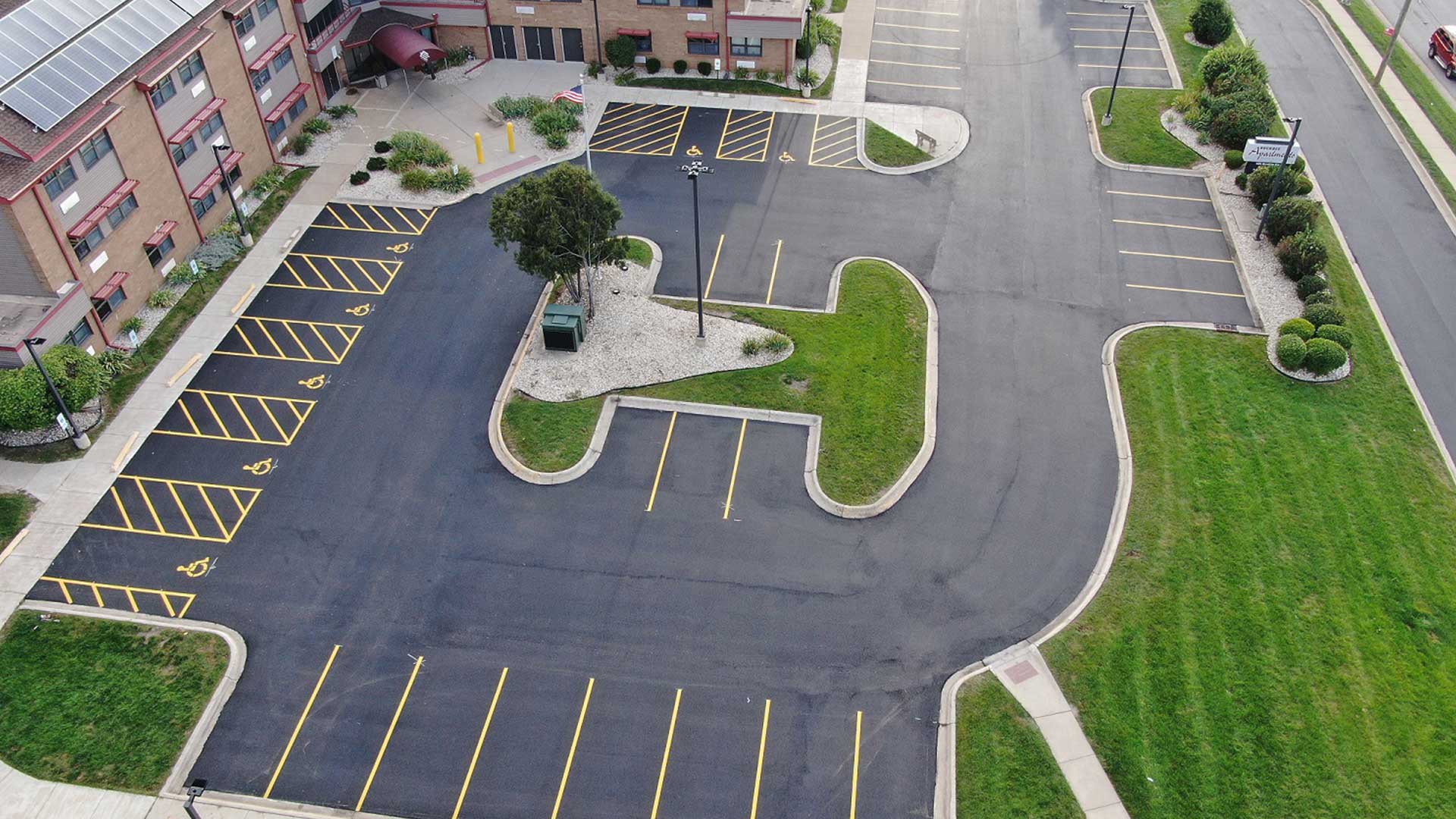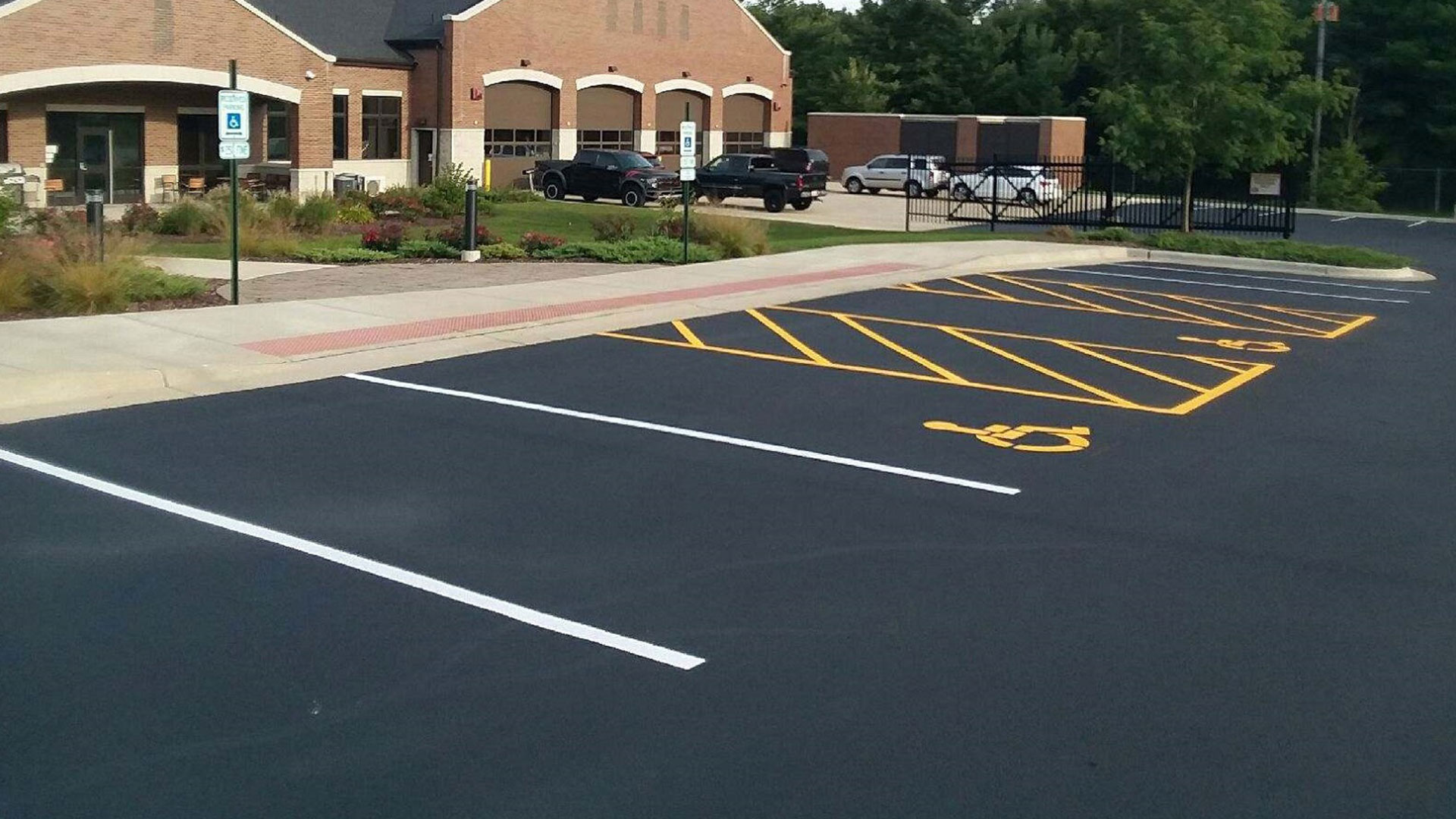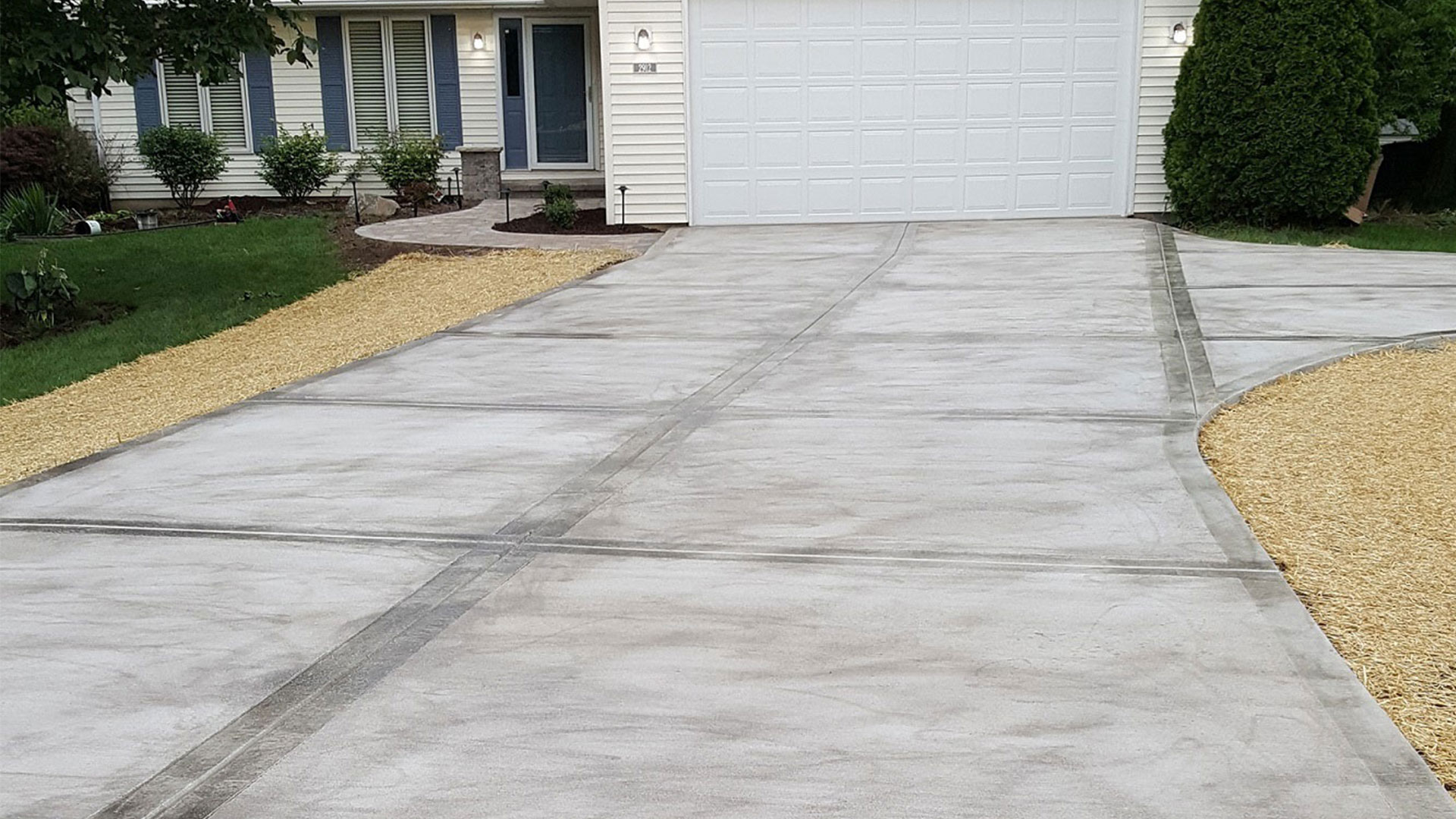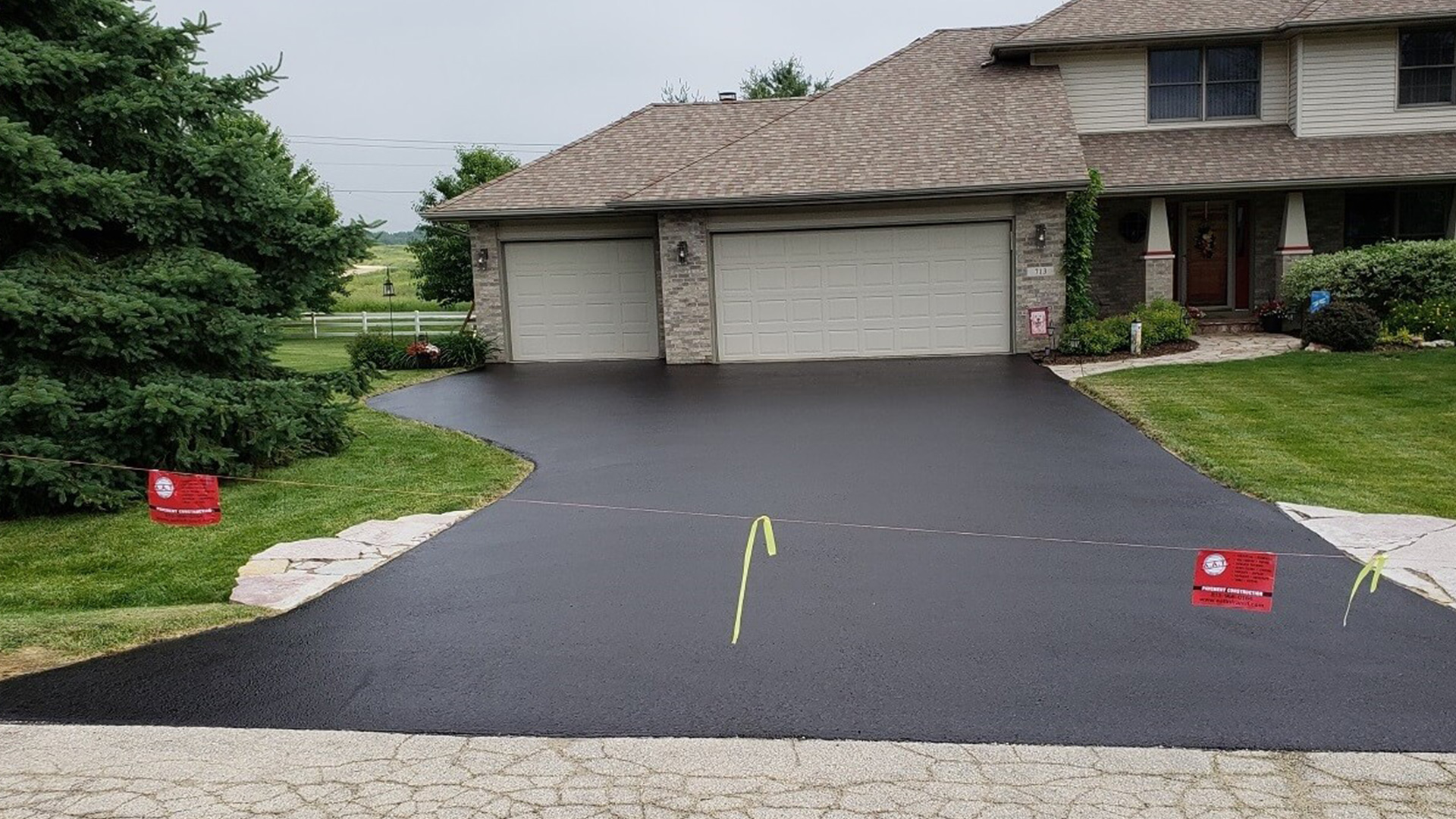Rockford Concrete Paving
When most people think about concrete construction, they picture unfinished basements and ugly utilitarian structures like prisons and parking garages. But there is no reason for concrete construction to be unattractive. Through the magic of stamped concrete from A.A.T., Loves Park homeowners can enjoy all the practical benefits of concrete, such as strength and durability, as well as the aesthetic benefits of a beautiful and customized building material. We are Roscoe’s stamped concrete experts, so if you are planning to install a stamped concrete surface, or if you have any questions about how stamped concrete can work to improve your property, feel free to give us a call. We will be happy to answer any questions you have!
What is stamped concrete?
Stamped concrete is concrete that has been shaped, patterned, and colored to resemble something other than just plain concrete. This shaping is generally done with molds and stamps that are pressed into the wet concrete before it dries. Stamped concrete can be shaped to resemble a huge number of other building materials including brick, natural stone, ceramic tile, or even wood. It is ideal for beautifying driveways, patios, pool decks, walkways, and any other concrete surface.
Is stamped concrete expensive?
While stamped concrete is not the least expensive option to install, like all other concrete construction it is extremely cost effective over time. Because concrete is extremely durable, strong, and long lasting, you can expect your stamped concrete to keep looking beautiful, year after year with only minimal maintenance. Additionally, because it can so convincingly mimic other materials like stone, it is generally much less expensive to install a quality stamped concrete surface than it would be to install the material it is replacing.
If you would like to know more about us or have any questions about our paving services, please give us a call or send us an email. We can’t wait to hear from you!
New concrete driveway
Installing a Concrete Driveway/Patio/Walkway
Installing a new concrete driveway involves a series of steps to prepare the area, pour the concrete, and ensure proper curing. Here's an overview of the process:
- Site Preparation:
- Planning: Determine the desired size, layout, and design of the driveway. Obtain any necessary permits and check for any local regulations or guidelines.
- Marking: Mark the area where the driveway will be installed using stakes, strings, or spray paint.
- Excavation: Excavate the marked area to the required depth, which usually includes removing the topsoil and creating a stable subgrade.
- Base Preparation:
- Subbase: Add and compact a layer of crushed stone or gravel to create a solid and stable subbase for the concrete. This helps with drainage and prevents settling.
- Formwork:
- Forms: Set up forms along the edges of the driveway to contain the concrete and create the desired shape. Forms can be made of wood, metal, or other materials.
- Reinforcement (Optional):
- Rebar or Wire Mesh: Depending on the expected load and soil conditions, you might choose to add reinforcement such as rebar (steel bars) or wire mesh to strengthen the concrete.
- Concrete Pouring:
- Concrete Delivery: Arrange for the delivery of ready-mix concrete from a local supplier.
- Pouring: Concrete is poured into the formwork and spread evenly using shovels or rakes.
- Leveling and Finishing: Screed the surface to achieve a uniform level. Then, use tools like a bull float and trowels to smooth and finish the surface.
- Curing and Protection:
- Curing: Concrete needs proper curing to develop strength and durability. This involves keeping the surface moist and protected from rapid evaporation for a period of time, usually several days.
- Curing Methods: Curing can be done through wet curing (water application), covering the surface with wet burlap or plastic sheeting, or applying curing compounds.
- Control Joints and Expansion Joints:
- Control Joints: Saw-cut control joints are added to control cracking. These joints encourage cracks to occur along predetermined lines, reducing the likelihood of random cracking.
- Expansion Joints: Expansion joints are placed where the driveway meets other structures (like the house or sidewalks). They allow the concrete to expand and contract with temperature changes without causing cracks.
- Sealing (Optional):
- Sealant Application: After the concrete has fully cured, you might choose to apply a concrete sealer. This helps protect the surface from stains, moisture, and enhances its appearance.
- Final Touches:
- Remove Forms: Once the concrete has sufficiently cured, remove the formwork carefully to avoid damaging the edges.
- Clean-Up: Clean up the area around the driveway, removing any debris or excess materials.
- Drying and Initial Use:
- Drying Time: Concrete continues to gain strength and harden over time. While you can typically use the driveway within a week or so, it's best to wait at least a month before subjecting it to heavy loads or stress.
Properly installing a new concrete driveway requires expertise and attention to detail. It's recommended to work with a professional concrete contractor to ensure the job is done correctly, from site preparation to finishing touches.




